Effective communication is the foundation of any successful collaboration, and working with a web designer is no exception. Whether you’re a business owner looking to revamp your website or an individual embarking on a personal project, being able to convey your vision and requirements clearly is essential. In this guide, we’ll explore the key strategies to ensure smooth and productive communication with your web designer.
Establish Clear Objectives and Goals
At the beginning of any web design project, it’s crucial to define your objectives and set clear goals. This foundational step not only provides direction but also serves as a compass for the entire design process. Are you looking for an e-commerce site that drives sales, or perhaps a portfolio website to showcase your work? Communicating these goals upfront enables your designer to tailor their approach and deliver a website that aligns with your vision.
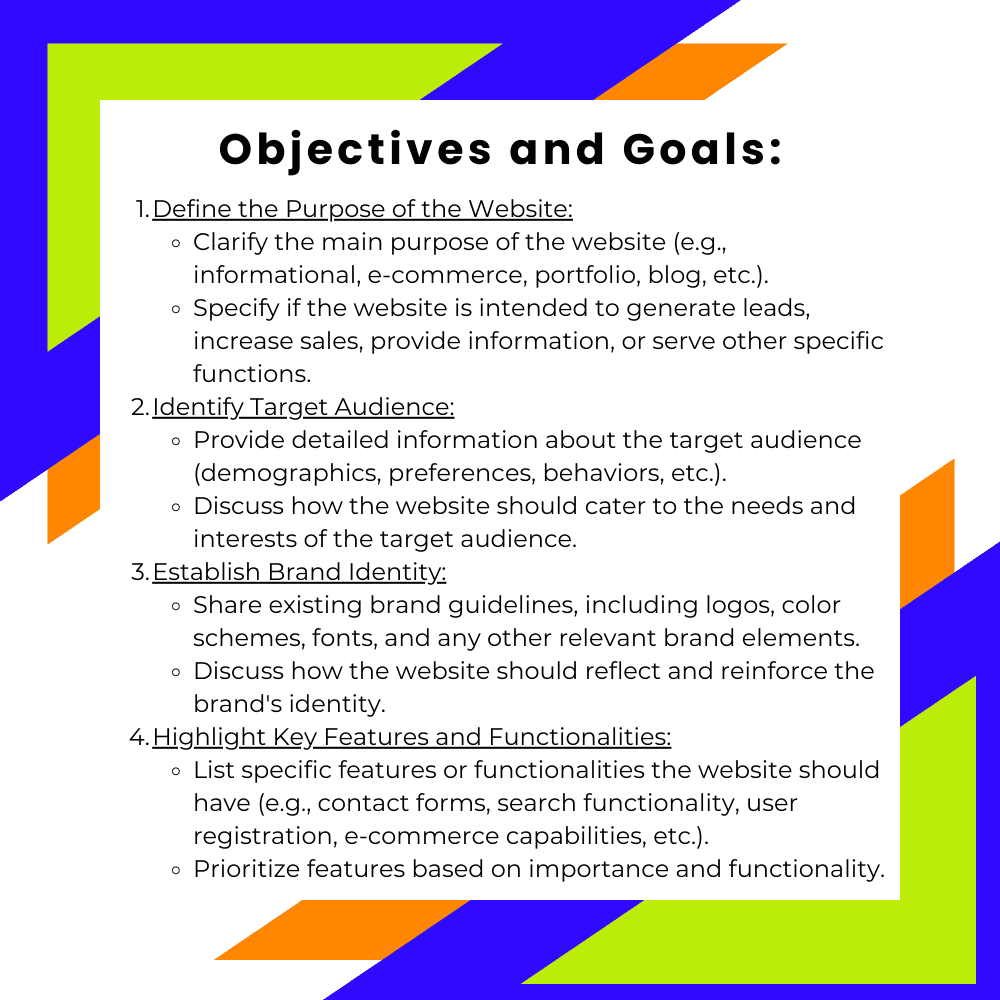

Understand Each Other’s Roles and Expertise
A successful collaboration between a client and a web designer hinges on mutual understanding and respect for each other’s roles. As the client, you possess invaluable knowledge about your brand, target audience, and goals. On the other hand, the web designer brings expertise in user experience, design principles, and technical implementation. Recognizing and appreciating these complementary strengths lays the foundation for a harmonious working relationship.
Use Clear and Concise Language
While discussing your project, it’s essential to communicate in a way that is easily understood by both parties. Avoid technical jargon and industry-specific terms that might be unfamiliar to your designer. Instead, opt for clear, plain language to articulate your ideas. For instance, instead of saying, “I want a parallax scrolling effect,” you might say, “I envision a visually dynamic scrolling experience as users navigate the site.”
Provide Visual Aids and Examples
Visual aids are powerful tools for conveying your design preferences. Consider creating mood boards, collecting design inspiration, or sketching rough ideas to share with your designer. These visuals serve as a visual reference point, offering insight into your aesthetic preferences, color schemes, and overall style. They provide a tangible starting point for your designer to build upon, ensuring that the final product aligns with your vision.
Establish a Structured Communication Channel
In today’s digital age, effective communication often involves the use of project management tools and communication platforms. These tools facilitate organized discussions, file sharing, and task tracking, streamlining the collaboration process. Platforms like Trello, Slack, or project management systems specific to web design can help maintain a structured and efficient channel of communication throughout the project.
Be Open to Feedback and Constructive Criticism
Open and constructive dialogue is fundamental to the iterative nature of the design process. Both parties should feel comfortable offering and receiving feedback. As the client, don’t hesitate to voice your thoughts on design mockups, prototypes, or any aspect of the project. Similarly, be receptive to your designer’s expertise and suggestions. A collaborative approach, where ideas are shared and refined, leads to a more refined and successful end product.
Set Realistic Timelines and Milestones
Establishing realistic timelines and milestones is essential for keeping the project on track. Work with your designer to set achievable deadlines for different stages of the project, from initial concept to final implementation. Milestones serve as progress markers, allowing both parties to track the project’s development and ensure that it aligns with the established timeline. With Syzmic, you can expect knowledgeable experts, excellent customer service, access to the Syzmic Portal, and quick turnaround times.
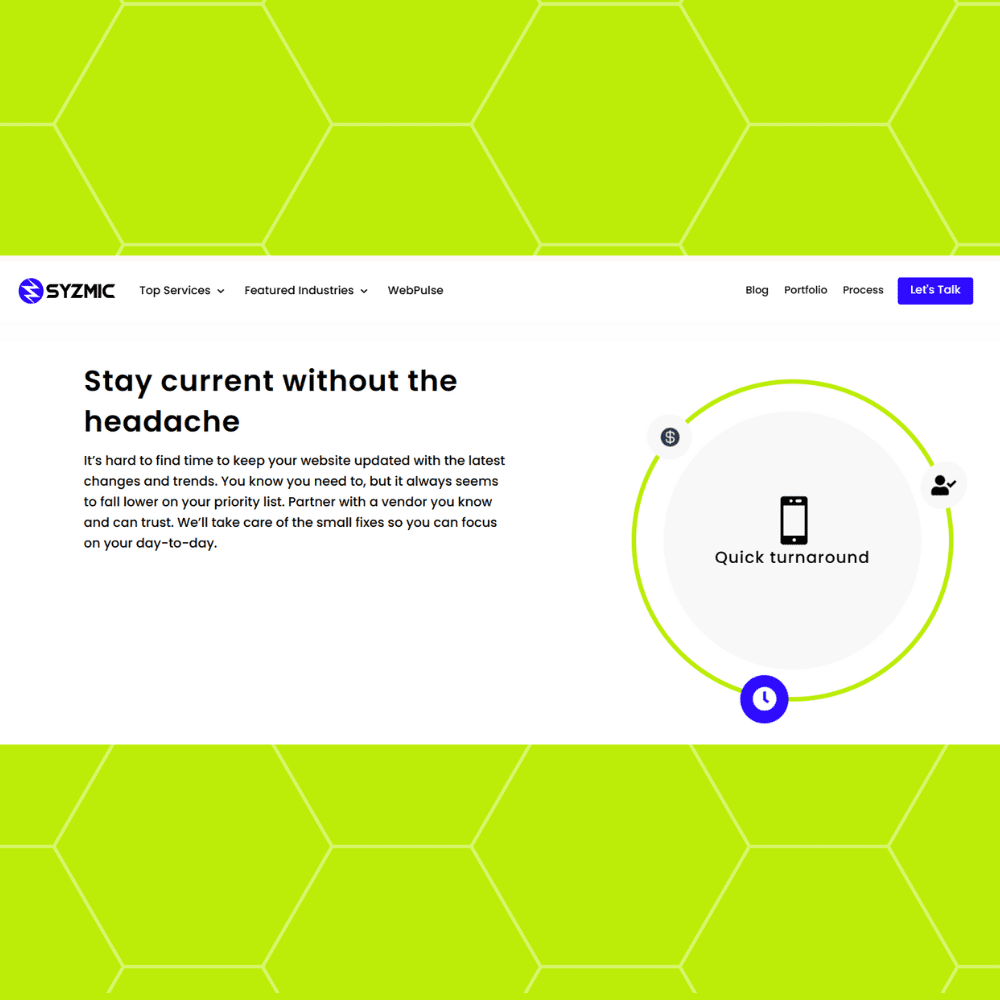

Prioritize Effective Listening
Effective communication is a two-way street, and listening is just as important as articulating your ideas. Actively engage with your designer, ask clarifying questions, and seek their input. This not only demonstrates your commitment to the collaborative process but also ensures that your designer fully understands your vision and requirements.
Address Concerns or Misunderstandings Promptly
In any collaborative endeavor, concerns or misunderstandings may arise. It’s crucial to address these issues promptly and constructively. If you have reservations about a design direction or if there’s a point of confusion, don’t hesitate to communicate it to your designer. Open dialogue allows for timely resolution, preventing potential delays or missteps in the project.
Conclusion
Effective communication with your web designer is the pillar of a successful project. By establishing clear objectives, understanding respective roles, using concise language, and providing visual aids, you set the stage for a collaborative and productive partnership. Structured communication channels, openness to feedback, and adherence to realistic timelines further ensure a seamless process. Through active listening and timely issue resolution, you foster a working relationship that maximizes the potential of your web design project. Remember, a well-communicated vision leads to a well-executed website.
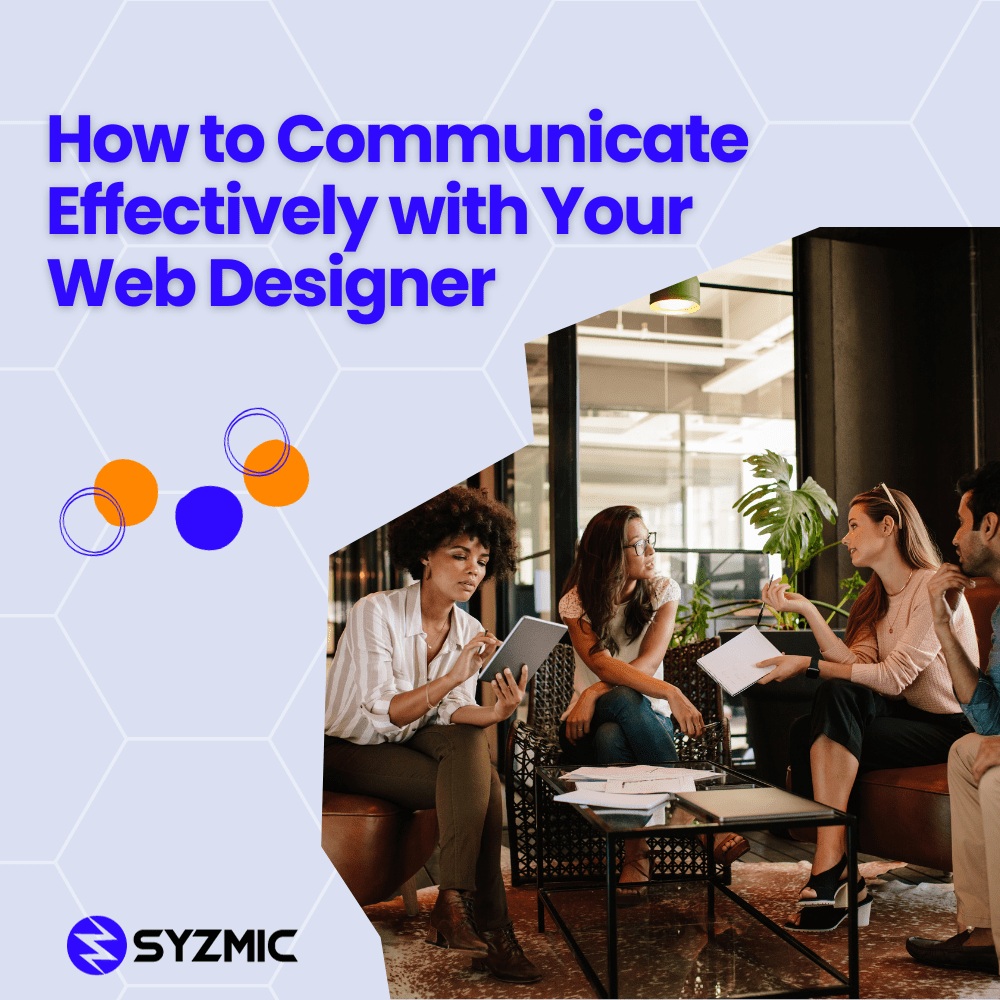

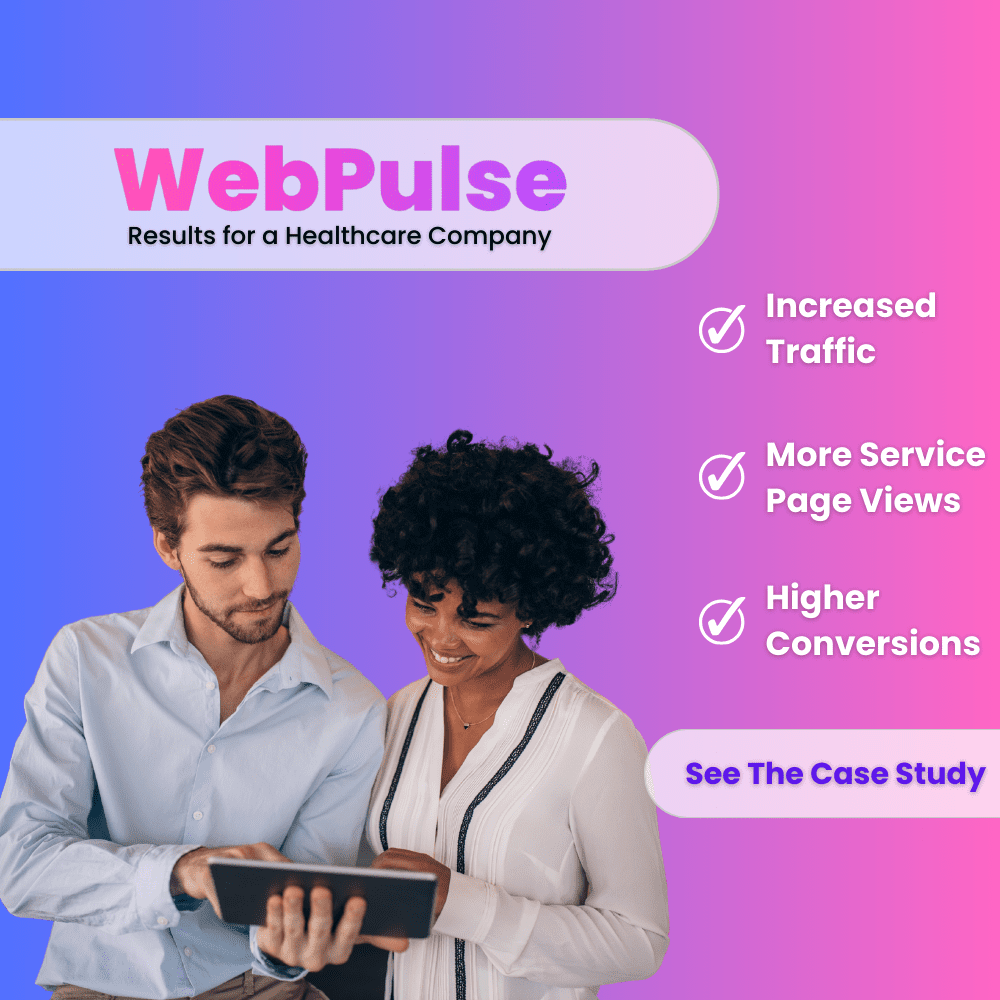


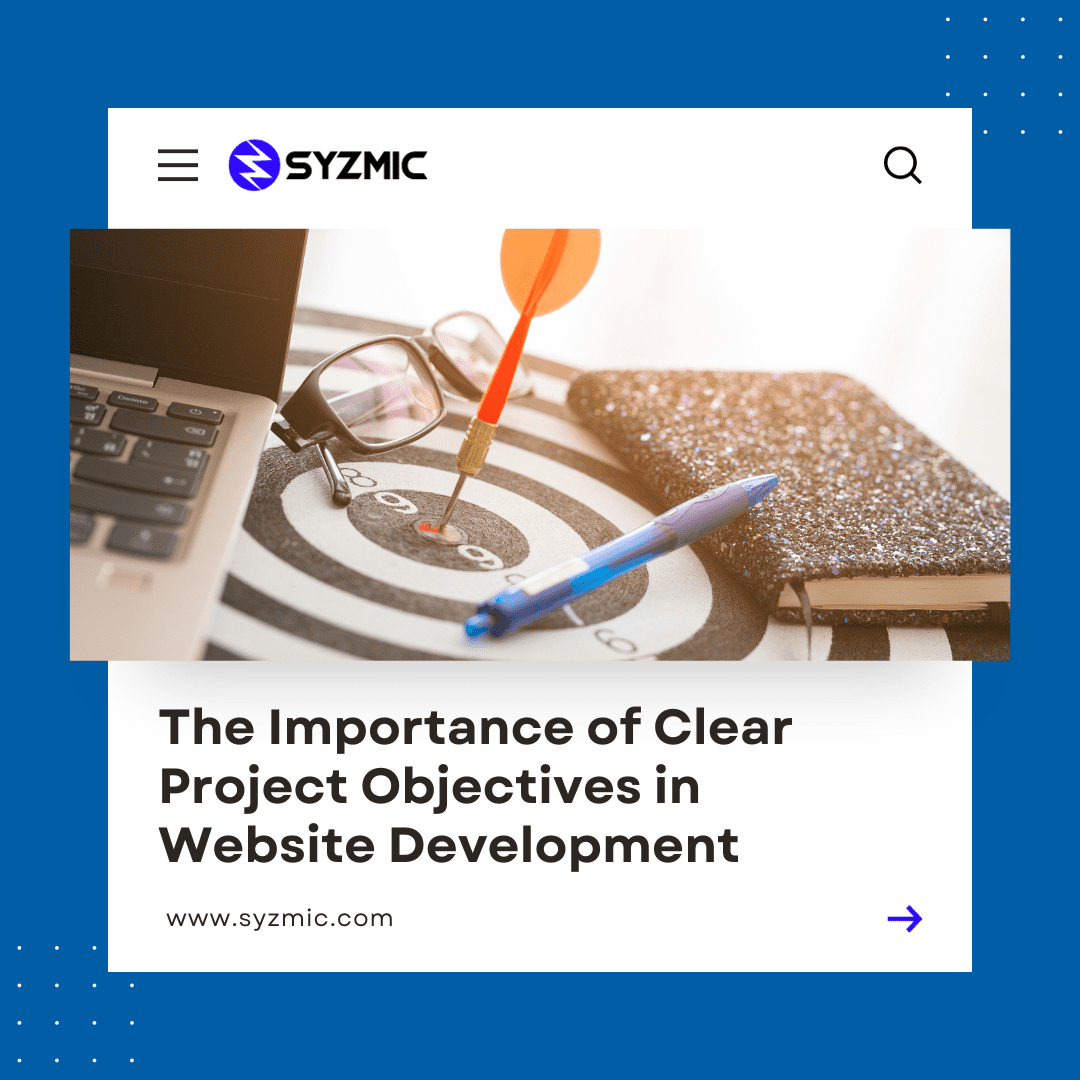
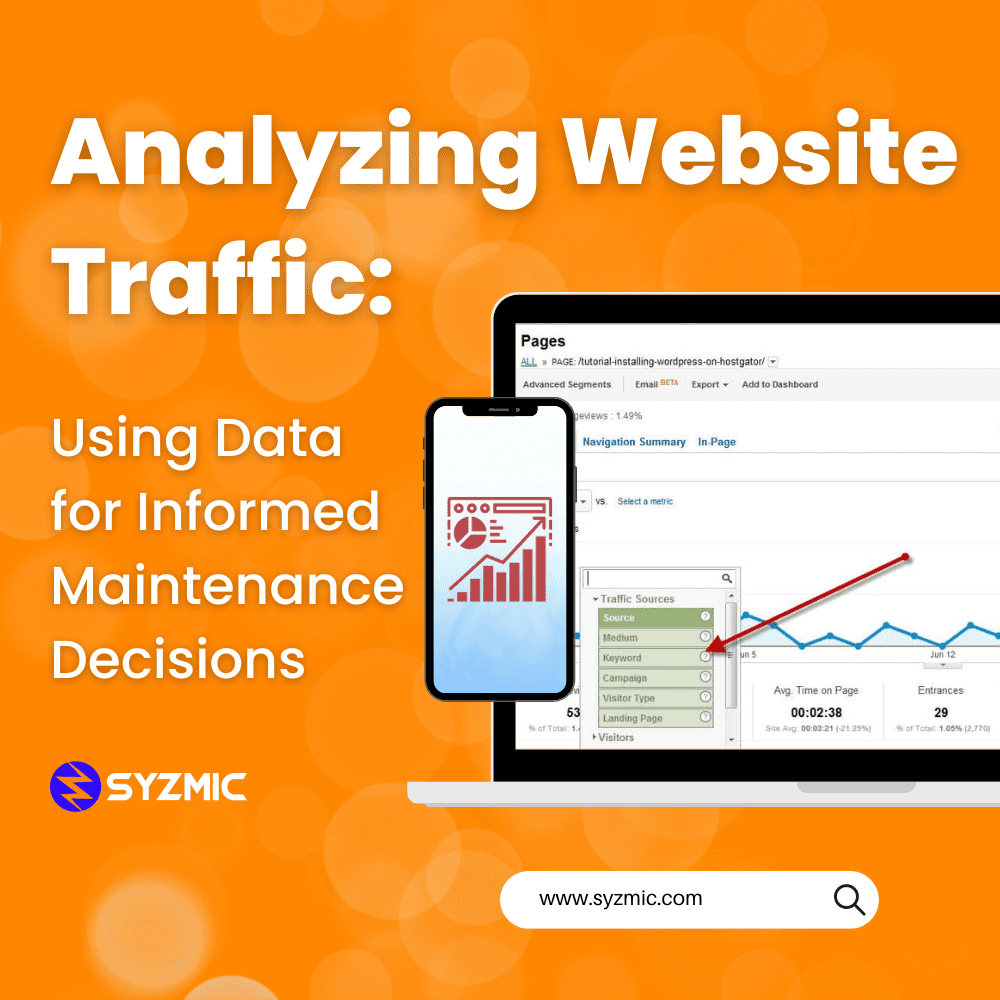

0 Comments